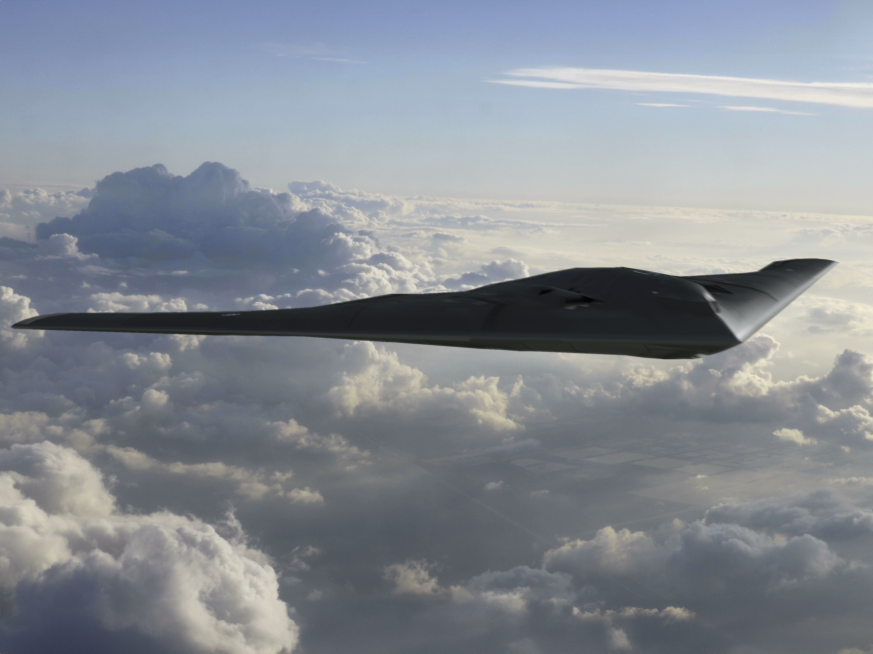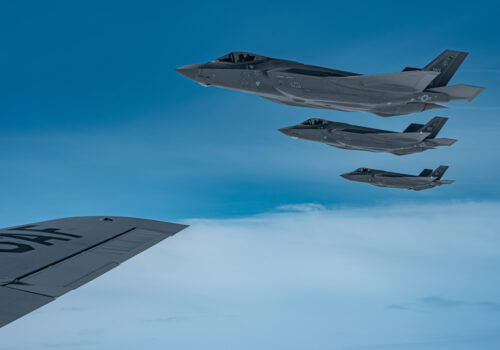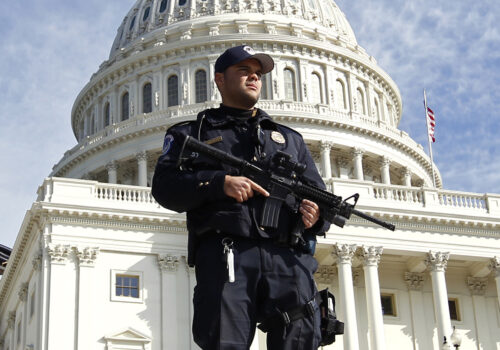A pivot to China—not Asia
This issue brief is part of the Scowcroft Center for Strategy and Security’s National Defense Strategy Project, outlining the priorities the Department of Defense should address in its next NDS.
Executive summary
In the National Defense Strategy (NDS) of the first Donald Trump administration and that of the Joe Biden administration, great-power competition played a central role. However, both administrations considered China and Russia—and therefore the Indo-Pacific and Europe—as twin focal points of risk and strategic interest. The current Trump administration is shifting gears. Rather than balancing China and Russia, the Department of Defense (DoD) will now organize around China as the principal threat and competitor.
This prioritization is welcome. After all, defense planners have long criticized that trying to manage too many threats to the United States without a corresponding increase in defense budget makes it difficult to address any of them effectively. The problem is not whether the United States should engage globally—it must—but whether considering too many issues means that none of them are effectively prioritized.
But how can the Trump administration—through its upcoming NDS—successfully position China as the primary threat, while rebalancing its engagement in other regions in a measured and responsible way? The answer lies in updating the US military’s force structure and rebalancing its force posture. Moreover, to deter China in the Indo-Pacific, the US military should focus on long-range fires, the ability to move forces, the protection of critical defense infrastructure, and additional basing options.
View the full report
About the author
Related content
Explore the program

Forward Defense leads the Atlantic Council’s US and global defense programming, developing actionable recommendations for the United States and its allies and partners to compete, innovate, and navigate the rapidly evolving character of warfare. Through its work on US defense policy and force design, the military applications of advanced technology, space security, strategic deterrence, and defense industrial revitalization, it informs the strategies, policies, and capabilities that the United States will need to deter, and, if necessary, prevail in major-power conflict.





